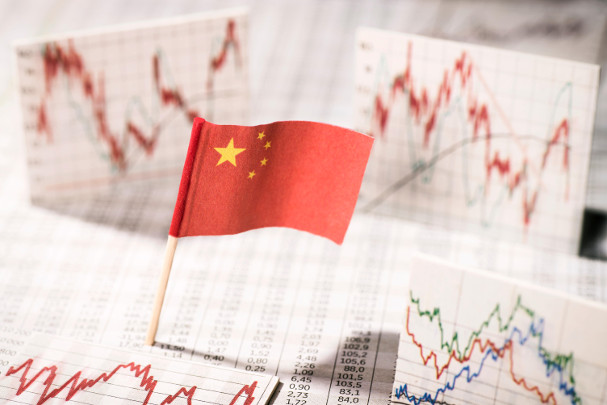
Credit: Klaus Ohlenschlaeger / Alamy Stock Photo
A great leap forward, but China needs more scientists
OECD survey reveals the country’s science spending frenzy, noting a need for investment in innovation and invention.
21 March 2017

Klaus Ohlenschlaeger / Alamy Stock Photo
China’s investment in research and development has increased dramatically in recent years, but the size of the country’s research workforce has failed to keep up with spending, according to a new Organisation for Economic Co-operation and Development (OECD) report published on Tuesday.
The OECD Economic Survey of China 2017 reports that China’s ambitious plans to become a world leader in innovation have made some progress, but the country “still has some room to catch up”.
It noted that the country is too focused on development and high-tech industries at the expense of investing in basic and applied science. As a result, the country still lags behind other developed nations in its share of scientists and its original innovation.
The numbers
Gross expenditure on R&D in China increased by 42% from 2009 to 2013. In 2014, it invested more than 2% of GDP into R&D, just behind the United States’ 2.76%. China plans to increase its share of GDP spent on R&D to 2.5% by 2020.
But, China’s workforce has one of the lowest proportion of science professionals in the OECD, with only 1.97 researchers per thousand people employed in the sector in 2014. The country’s share of scientists is dwarfed by neighbours, such as Japan, which has 10.47 researchers per thousand people employed, and Korea, which has 13.49 scientists per thousand employees. Israel had the highest proportion of researchers in 2014, with 17.38 researchers per thousand employees.

OECD Economic Surveys: China 2017 - © OECD 2017
China has become a major R&D spender, but its share of researchers is low. Full size imageChina’s R&D investment is mostly channelled towards experimental development — using existing knowledge to create materials or products. More than three-quarters of R&D spending is by businesses. In contrast, basic research accounts for only 5% of research funding, compared to 18% in the United States and 12% in Japan. China has also experienced a dramatic rise in patents. Last year it became the first country to file more than a million patent applications in a single year, accounting for a third of the world’s total. But the OECD report found while patents are “soaring”, partly the result of generous subsidies, the country’s share of invention patents is small. “Most Chinese patents are utility or design patents and only a smaller share are genuine inventions.”
2020 targets
The Chinese government has emphasised the role of innovation in sustainable economic growth. Part of this plan is to be a strong performer or world leader in all aspects of science and technology, outlined in the government’s 13th Science, Technology and Innovation Five Year New Plan. The plan, issued in August 2016, specifies targets for the country to reach by 2020. These include increasing investment in research and development spending as a percentage of from 2.1 to 2.5%, increasing public science literacy, and boosting the share of science professionals in the workforce to 10%.
Another goal is to increase the impact of research as measured by citations of academic publications. The government wants to increase its global ranking of citations of scientific papers to second in the world by 2020. It is currently fourth.
In the Nature Index, China has consistently placed among one of the highest producers of high-quality research. The country’s contribution to high-quality articles included the index is second only to the United States, a position it has held since 2012.

